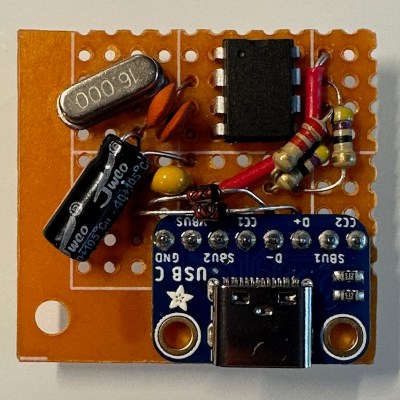There’s an oft-quoted maxim that youngsters growing up on farms have a much stronger immune system than those growing up in cities. The idea is that they are exposed to far more dirt and eat food much closer to the field than their urban cousins. Without the help of a handy microbiologist or epidemiologist it’s difficult to judge its veracity, but personal experience suggests that the bit about dirt may be true at least.
It’s Dangerous To Idealise The Past.
It’s likely that the idea of rural kids seeing more bugs may come from the idea that those in the cities consume sterile processed food from the supermarket, it plays into a notion of an idealised past in which a somehow purer diet came more directly from its source. Somehow so the story goes, by only eating pasteurised and preserved foods, city dwellers are eating something inferior, stripped of its goodness. There’s a yearning for a purer alternative, something supermarkets are only too happy to address by offering premium products at elevated prices. So, was the diet of the past somehow more wholesome, and are those kids having their future health ruined by Big Food? Perhaps it’s time to turn back the clock a little to find out.

It’s likely everyone knows that food spoils if left unattended for long enough. Some foods, such as grain, can last a long time if kept dry, while others such as milk will go bad quite quickly. Milk in particular goes bad for two reasons; firstly because it’s an excellent bacterial growth medium, and secondly because it contains plenty of bacteria by its very nature. Even very clean cows have bugs.
If you lived in most large cities in the nineteenth century, the Industrial Revolution had likely placed you far enough from the nearest cow that your milk had a significant journey to make to reach you even with up-to-date rail transport. Without refrigeration, during that journey it had become a bacterial soup to the extent that even though it might not yet have gone sour, it had certainly become a bacterial brew. It was thus responsible for significant numbers of infections, and had become a major health hazard. So much for the purer diet consumed by city kids of the past. Continue reading “Pasteurisation: Probably Why You Survived Childhood”






 It stood at the back of the container, with a row of four telephones in front of it. We particularly liked the angular “Trimphone”, the height of 1960s and 70s chic. You could dial the other phones in the network with a two digit number, and watch the exchange clicking in the background as you did so. Some of the sounds weren’t quite the same as the full-sized equivalents, with the various tones being replaced by vibrating reeds.
It stood at the back of the container, with a row of four telephones in front of it. We particularly liked the angular “Trimphone”, the height of 1960s and 70s chic. You could dial the other phones in the network with a two digit number, and watch the exchange clicking in the background as you did so. Some of the sounds weren’t quite the same as the full-sized equivalents, with the various tones being replaced by vibrating reeds.












